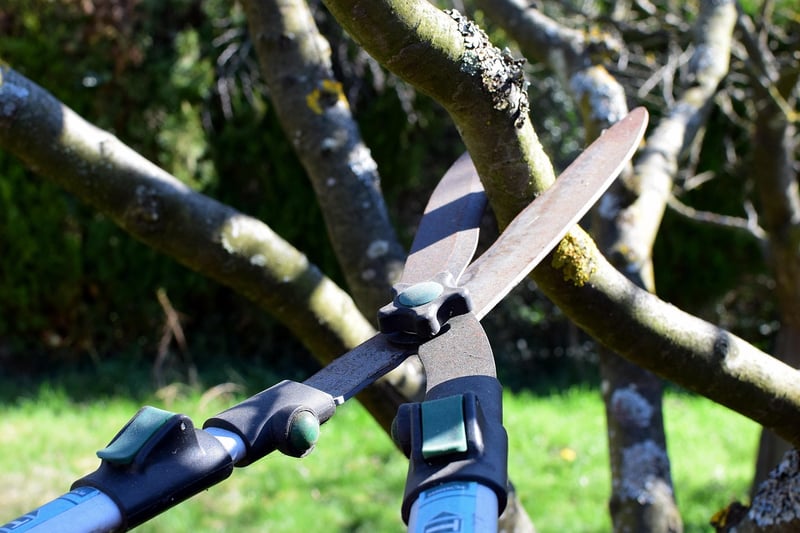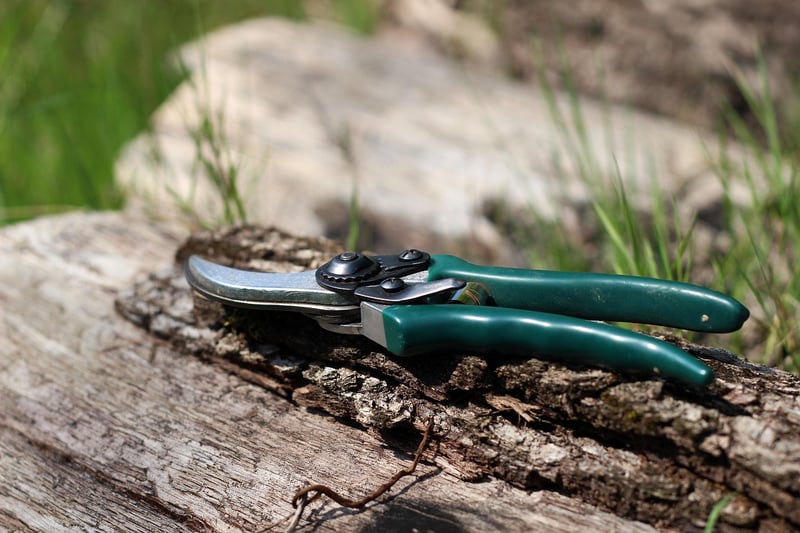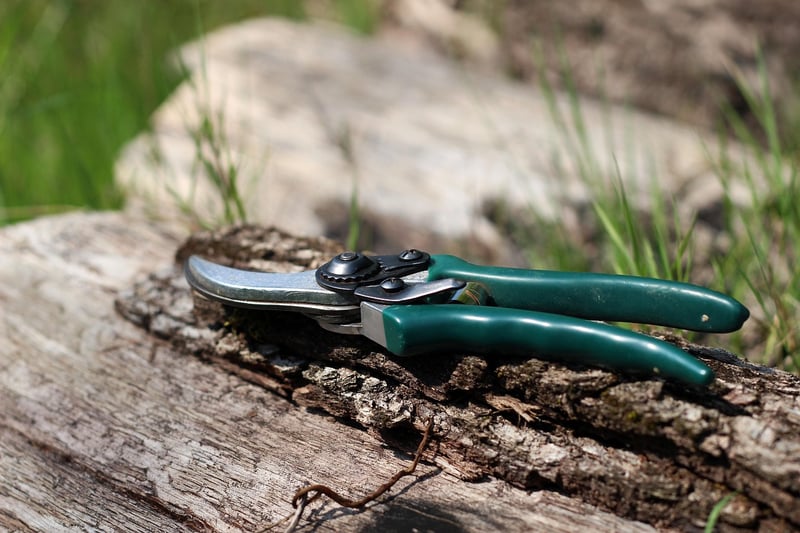Pruning Techniques
Keeping Your Plants Healthy and Thriving: Essential Pruning Techniques
Proper plant care is essential for maintaining the health and beauty of your garden. One crucial aspect of plant maintenance is pruning, which involves removing specific parts of a plant to promote growth, shape, and overall health. Here are some essential pruning techniques to help your plants thrive:
1. Deadheading
Deadheading is the process of removing spent flowers from a plant. By deadheading regularly, you encourage the plant to focus its energy on producing new blooms rather than seeds. This technique helps prolong the blooming period and keeps your plants looking fresh and vibrant.

2. Thinning
Thinning involves selectively removing branches or stems to improve air circulation and sunlight penetration within the plant. This technique helps reduce the risk of disease by allowing better airflow and light to reach all parts of the plant. Thinning also promotes new growth and keeps the plant from becoming overcrowded.

3. Heading
Heading is the practice of cutting back the tips of branches to promote bushier growth. This technique is commonly used on shrubs and hedges to encourage denser foliage and a more compact shape. Heading can help maintain the desired size and form of the plant while stimulating new growth.

4. Rejuvenation Pruning
Rejuvenation pruning involves cutting back the entire plant to stimulate new growth. This technique is useful for revitalizing overgrown or neglected plants. By cutting back old, woody growth, you encourage the development of fresh, vigorous shoots, resulting in a healthier and more attractive plant.

By incorporating these essential pruning techniques into your plant care routine, you can help your plants stay healthy, vibrant, and flourishing. Remember to use sharp, clean tools and follow proper pruning practices to ensure the best results for your beloved garden.
Happy pruning!
